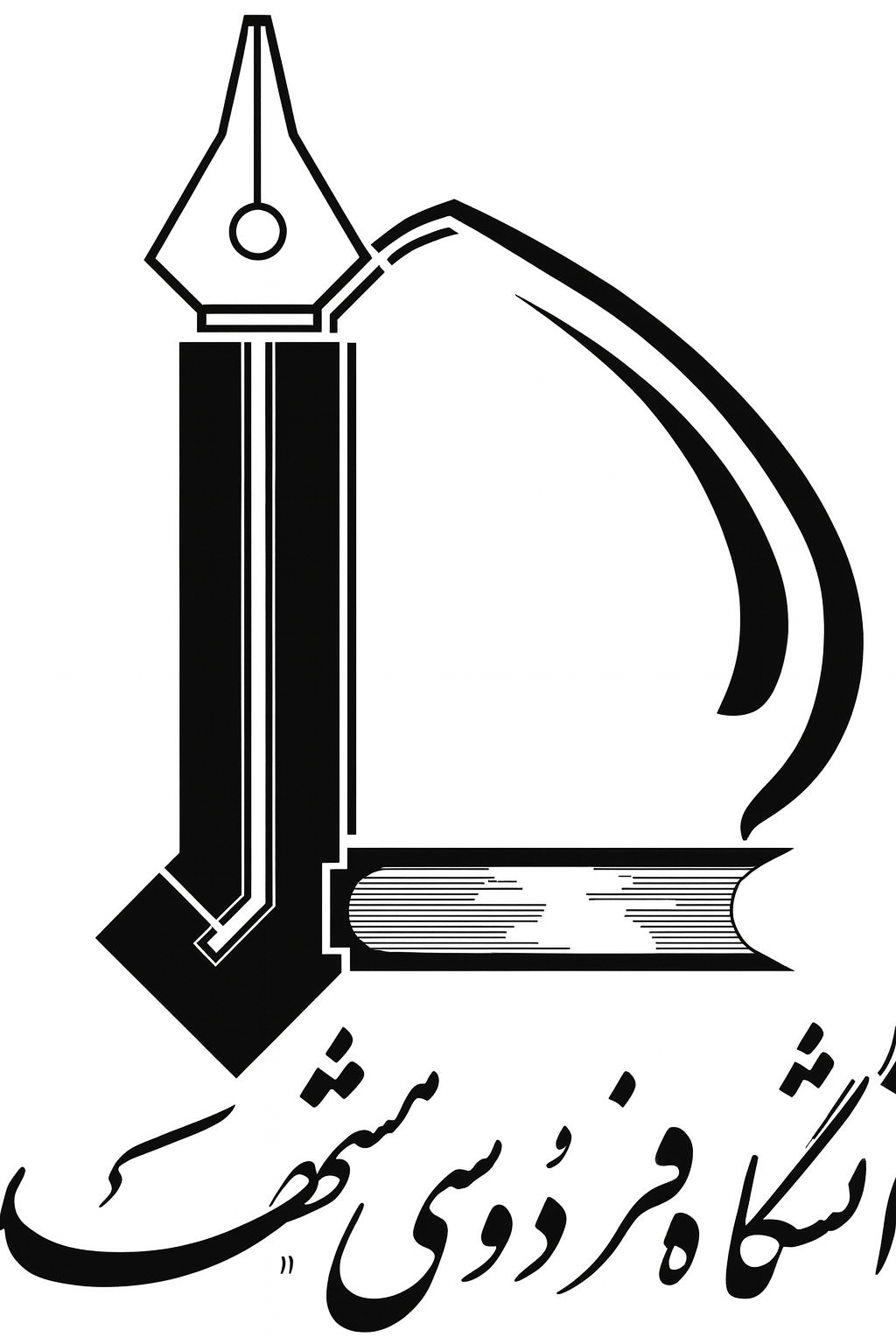Title : ( Health assessment of wheat agroecosystems in Iran )
Authors: Marak Niazmoradi , Hossein Kazemi , Javid Gherekhloo , Afshin Soltani , Behnam Kamkar ,Access to full-text not allowed by authors
Abstract
Intensive agriculture development and achievement to higher profitability has inflicted permanent damage on agroecosystems. Rapid deterioration of structure and functional properties in agroecosystems has intensified the need for research on agroecosystem health and management. To assess the health status of wheat agroecosystems in the agricultural lands of Bandar-e-Turkmen county (Golestan province, Iran), we were used the variables of weed and natural enemies biodiversity, soil health (carbon and organic matter, microbial respiration, earthworm, soil salinity, and acidity), environmental indexes (environmental effects of pesticides (EIQ) and nitrate leaching) and vegetation indexes (RVI, cultivar type, and grain yield). In this study, thematic layers were prepared in ArcGIS and overlayed according to three scenarios. Then final layer was classified into three classes of health. Based on the results, only 8.47% (5 fields) were located in the first health class. These fields were characterized by high grain yield, low weed biodiversity, minimal pesticides use, optimal soil conditions, high RVI, and the presence of earthworms and natural enemies. Also, we found that 42 fields (71.19%) were placed in the second health class. Increase of biodiversity and population of weeds, lower grain yield, and reducing the quantity and quality of soil variables were important factors that reduced the health degree of these fields. Based on the results, 20.34% of the area (12 fields) in the central and western parts of the county was placed in the unhealthy class. It seems that increasing the environmental restrictions, including salinity higher than 6 ds/m, high weed diversity, increasing the consumption of harmful and dangerous pesticides with high environmental impact, and less grain yield than the potential of cultivars, were the main reasons for placing these fields in the unhealthy class. Also, the most important factors of decreasing the health degree of fields, frequency of weeds, increasing consumption of chemical pesticides, low soil organic matter, absence of earthworms, and decreasing grain yield were identified. Generally, management of weeds, implementation of crop rotation, preservation of plant residues on the soil surface, and development of conservation agriculture can help to improve the health indicators of wheat agroecosystems.
Keywords
, Biodiversity, Crop production, Ecological effects, Soil health@article{paperid:1103248,
author = {مارال نیازمرادی and حسین کاظمی and جاوید قرخلو and افشین سلطانی and Kamkar, Behnam},
title = {Health assessment of wheat agroecosystems in Iran},
journal = {Scientific Reports},
year = {2025},
volume = {15},
number = {1},
month = {May},
issn = {2045-2322},
keywords = {Biodiversity; Crop production; Ecological effects; Soil health},
}
%0 Journal Article
%T Health assessment of wheat agroecosystems in Iran
%A مارال نیازمرادی
%A حسین کاظمی
%A جاوید قرخلو
%A افشین سلطانی
%A Kamkar, Behnam
%J Scientific Reports
%@ 2045-2322
%D 2025

 دانلود فایل برای اعضای دانشگاه
دانلود فایل برای اعضای دانشگاه
